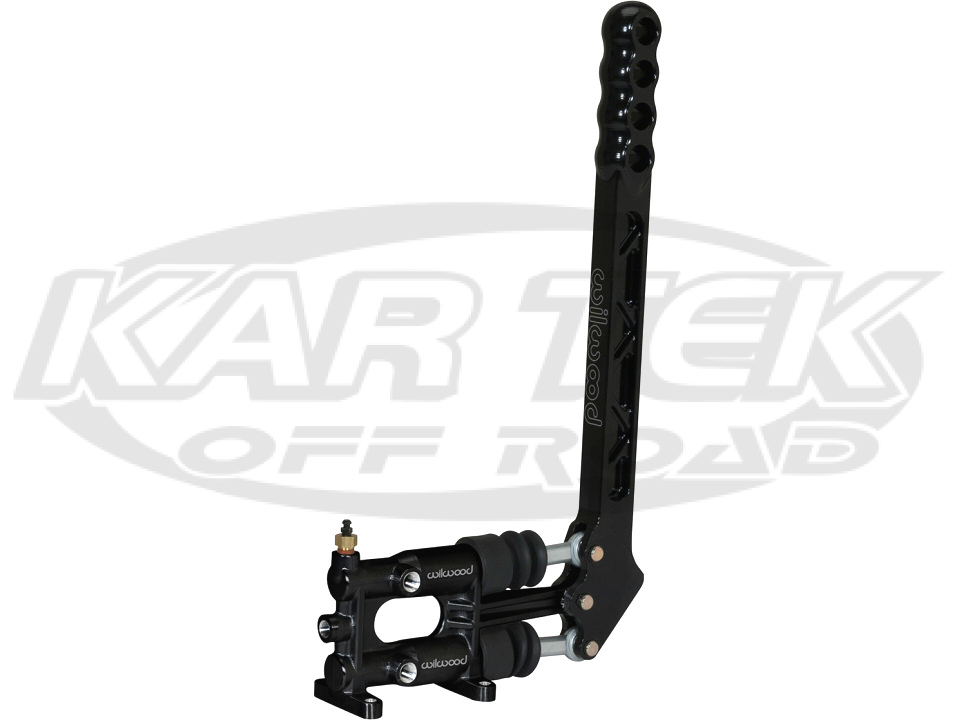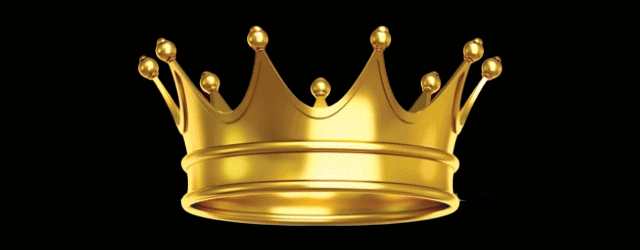Ganzo
Member
- Jan 1, 2023
- 113
- 13
Hey guys whats up? I need advice on a couple of things. Please pitch in on whatever one or ones you like. Here it goes…
- my brakes suck lol. I got told i may need a residual valve installed but i think i first need to bleed them and be positive there is no air. You prefer vacuum or pressure bleeding? I have a cutting brake which ive never managed to make work with old fashioned purging.
- I will be going to Rocky point, Sonora in about a month or 2 and i am looking at tires for my baja. It has a j35 with built bus box so i have some decent torque. The terrain that i will be on is a good amount of sand (it will be 3 full day cruises thru sand dunes) and also some dirt and hard pack. I currently run bfg at 33x9.5r15 tires on all 4 corners. I have been looking at the Desert Master tires size 32s or desert explorer size 30s. What would you all recomend. i have some 12” wide wheels to use them on and i also have a pair of method but those are only 5’inches wide i believe and i got told i need a 12-15” wide wheel since it helps the paddle float instead of dig
Thanks guys
Last edited by a moderator:


